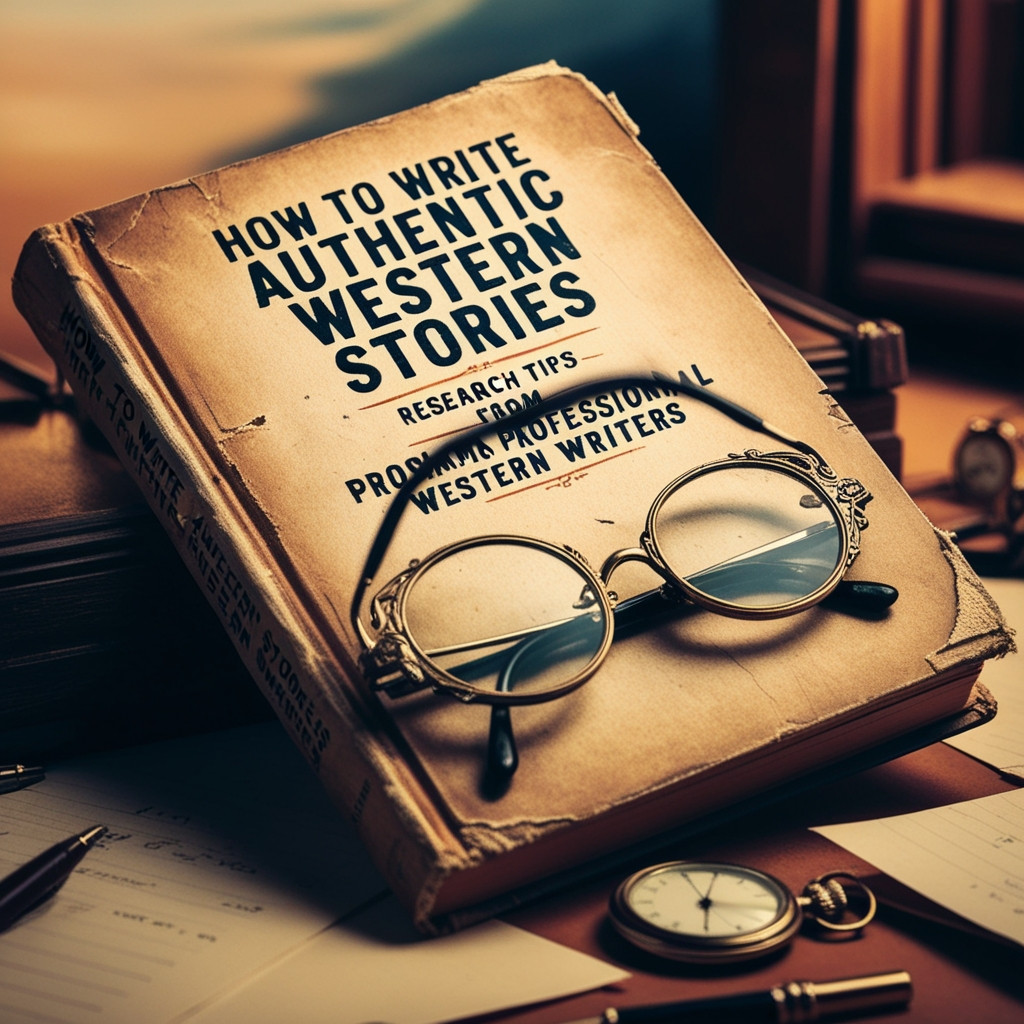How to Write Authentic Western Stories: Research Tips from Professional Western Writers

Saddle up, greenhorn. Writing a Western isn’t just a matter of slapping a Stetson on your protagonist and tossing a tumbleweed into the opening scene. It’s more like herding wild cattle through a lightning storm, dangerous, unpredictable, and if you don’t know what you’re doing, someone’s bound to get trampled.
Here’s the kicker: over 20 million Western books are sold each year (yep, even in this TikTok world), but only a handful nail the feel of the frontier. The rest? Dust in the wind. That’s why a professional Western writing service isn’t just helpful, it’s essential. Because readers today aren’t fooled by Hollywood tropes. They want grit. They want history. They want something that smells like saddle leather and gunpowder, not a History Channel reenactment gone wrong.
So, how do you write a Western that feels as real as a cold morning on the prairie? Let’s mosey through the process, one truth at a time.
The Mirage of “Western Vibes”: Why Wingin’ It Won’t Cut It
I’ve seen it, oh, how I’ve seen it. New writers who figure a few Clint Eastwood flicks and a Wikipedia binge will carry their story through. Spoiler: it won’t. Your readers will notice when your 1869 outlaw says, “I’m down for that.” Or when your saloon has electricity.
This ain’t just pedantry, it’s immersion. Authenticity is the invisible engine that makes your story ride smooth. Without it, even the most fanciful plot falls flat.
The Prospector’s Map: Where Real Western Writers Dig
Writing a Western is like mining a lot of dirt, with a few nuggets of gold. And the pros? They know exactly where to dig.
Primary Sources or Bust
The gold standard of research isn’t Wikipedia. It’s letters, diaries, newspapers, and photographs from the 1800s. A professional Western writing service pulls from places like the Library of Congress or regional museums. Want to know what folks were really worried about in 1875? Try reading the Dodge City Times. Spoiler: it wasn’t fashion trends, it was barbed wire and cattle rustling.
I once saw a draft where a cowboy whipped out a harmonica on a train in 1855. The problem is that the rail line didn’t exist yet. A tiny detail, sure, but it cracked the whole illusion like building a saloon on quicksand.
Weather, Land, and the Smell of Dust
If your story could take place anywhere, you’re doing it wrong. The West was massive and different in every direction.
Montana’s biting winds? Not the same as Arizona’s sun-baked silence. A professional Western writing service doesn’t just say “a desert town,” they give you the Sonoran heat, the scent of creosote, the buzz of cicadas in July.
Need proof? Check historical weather data. That sunny Wyoming gunfight you wrote in January? Might’ve been six feet under snow. Boom. Plot hole.
Talk Like You Belong—or Don’t Talk at All
Let’s get something straight: not every line needs a “howdy.” The frontier wasn’t one big rootin’-tootin’ hoedown.
Sure, period slang has flavor. However, too much of it’s like dumping salt into your stew, ruining the whole thing. A professional Western writing service will pepper in the right lingo, reckon, skedaddle, maybe dadgummit, without turning your characters into caricatures.
I once edited a scene where a rancher said, “Let’s circle back next week.” My jaw hit the floor. That’s not Western. That’s corporate.
Use 19th-century slang dictionaries. Yes, they exist. And no, you don’t need to sound like Yosemite Sam to feel authentic.
Diverse Characters Deserve More Than Cardboard Roles
Here’s the truth most folks gloss over: the Old West wasn’t just white cowboys and saloon girls. It was wildly diverse. Black cowboys, Chinese railroad workers, Native tribes, and Mexican vaqueros built the West.
Yet, too many Westerns fall into the same lazy stereotypes. That’s not just tone-deaf, it’s lazy writing. A professional Western writing service knows how to respect culture and craft. Sensitivity readers. First-hand accounts. Character depth that doesn’t rely on tropes.
Bold take? A well-written Native tracker is more compelling than another whiskey-soaked gunslinger with a tragic past. I said what I said.
The Snares That Trip Up New Western Writers
Let’s call out the cactus in the room. Here’s what derails even promising manuscripts:
- Overuse of dialect: If every line is “y’all best git gone,” your reader’s gone already.
- Cliché loners: Not every cowboy was a brooding drifter with a dark secret. Some just...worked.
- Anachronisms: No, they didn’t eat canned chili in 1871. And no, your outlaw didn’t reload his six-shooter that fast.
And please, no digital pocket watches. I’ve seen it. I’ve suffered.
What Pros Bring to the Campfire
Think of a professional Western writing service like your trail guide. They’ve walked this road, blisters and all. They’ll help with:
- Deep-dive historical fact-checking
- Authentic dialogue coaching
- Regional weather and terrain insights
- Cultural consultation and sensitivity reviews
- A story structure that actually fits the genre’s ethos
I had a client, Sarah, who wrote a brilliant female outlaw character, but her Native sidekick felt flat. With the help of a historian and a Lakota reader, we transformed him into a nuanced, fully realized co-lead. Sarah’s novel? Landed a small press deal and a glowing Kirkus review.
Final Word Before You Ride Off
Writing a Western isn’t about gunfights and grit. It’s about getting it right. From history to the heart. Your reader’s riding shotgun, and they’ll know if the road’s fake.
So do it right. Pull from truth. Honor the era. And when you need backup, call in the cavalry, a professional Western writing service that knows the terrain.